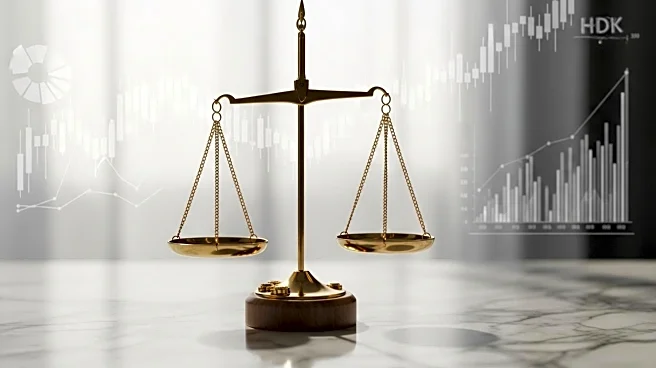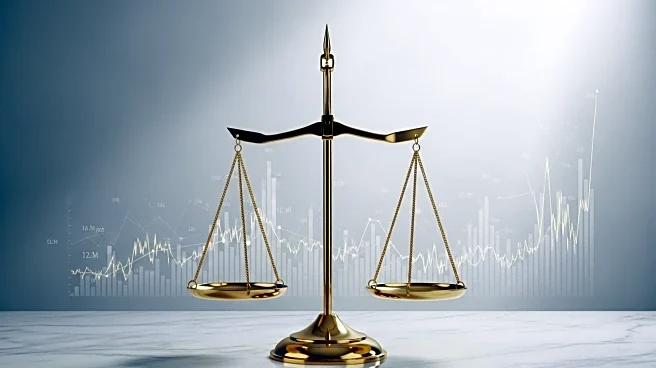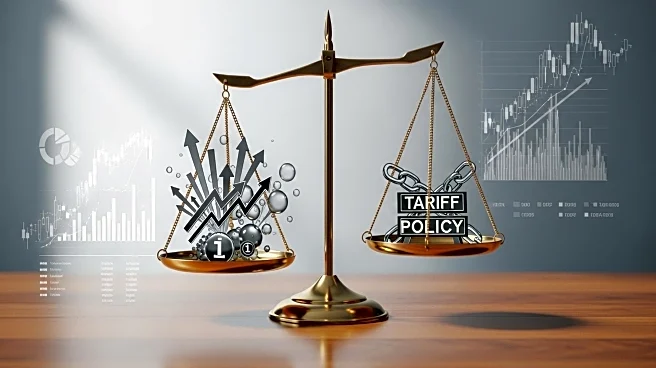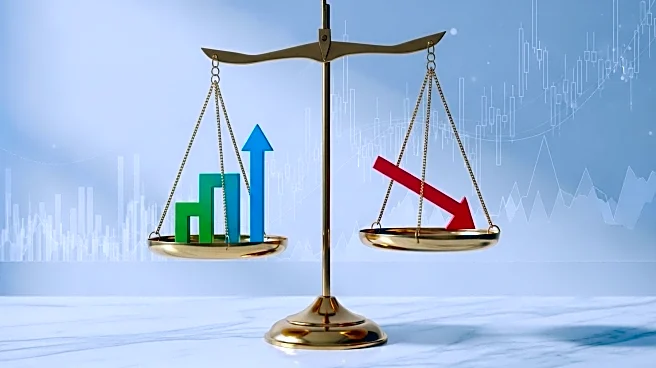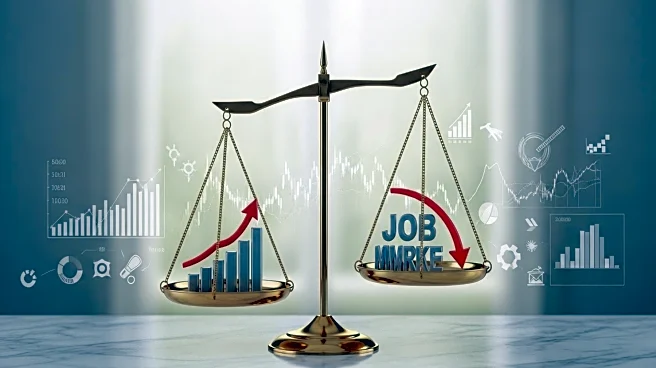What's Happening?
The Federal Reserve is preparing to lower interest rates for the first time since December, aiming to support the weakening U.S. labor market. Recent data indicates a slowdown in hiring, prompting futures markets to anticipate a rate cut, with more expected by the end of the year. Some Federal Reserve governors, including Christopher Waller and Michelle Bowman, both appointed by President Trump, have expressed concerns that the Fed should have acted sooner, specifically in July, to address the economic slowdown. The timing of these rate cuts is crucial, as it impacts employment and inflation rates. The Fed has faced criticism in the past for delayed responses, notably in 2021 when inflation was underestimated. The current economic landscape is further complicated by President Trump's tariffs, which have increased prices for certain goods, affecting both inflation and employment.
Why It's Important?
The Federal Reserve's decision on interest rates is significant as it directly influences the U.S. economy, affecting borrowing costs, consumer spending, and business investments. A delay in adjusting rates could exacerbate economic challenges, potentially leading to higher unemployment and inflation. The Fed's actions are closely watched by investors, businesses, and policymakers, as they seek to balance economic growth with price stability. The impact of President Trump's tariffs adds another layer of complexity, as they have already led to price increases in some sectors, potentially undermining consumer purchasing power and business profitability. The Fed's ability to navigate these challenges effectively is crucial for maintaining economic stability and confidence.
What's Next?
The Federal Reserve is expected to announce its decision on interest rates in the coming days. The outcome will be closely monitored by financial markets and economic stakeholders. If the Fed proceeds with the anticipated rate cuts, it may provide temporary relief to the labor market and help stabilize prices. However, the long-term effects of the tariffs and the overall economic outlook remain uncertain. The Fed will continue to assess economic data and may adjust its policy stance in future meetings based on evolving conditions. Stakeholders, including businesses and consumers, will need to adapt to these changes and plan accordingly.
